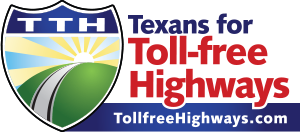IMPORTANT EXCERPTS TO NOTE…
“That toll lobby is the Real Estate Council of Austin (RECA) and its developer members who have more influence on TxDOT than citizens. RECA is also known to have more influence with special interest politicians whose campaigns benefit from their fat checks.
Linda Rife also works as a consultant for TateAustin. TateAustin has numerous contracts with the Williamson County heavy freeway tolling authority. TateAustin will be telling the public how the double tax toll roads are the best thing since sliced bread.
It’s important to note that both State Rep. Terry Keel and Comptroller Strayhorn have confirmed that TateAustin is getting paid with our gas tax dollars to sell us on this new toll tax scheme.”

